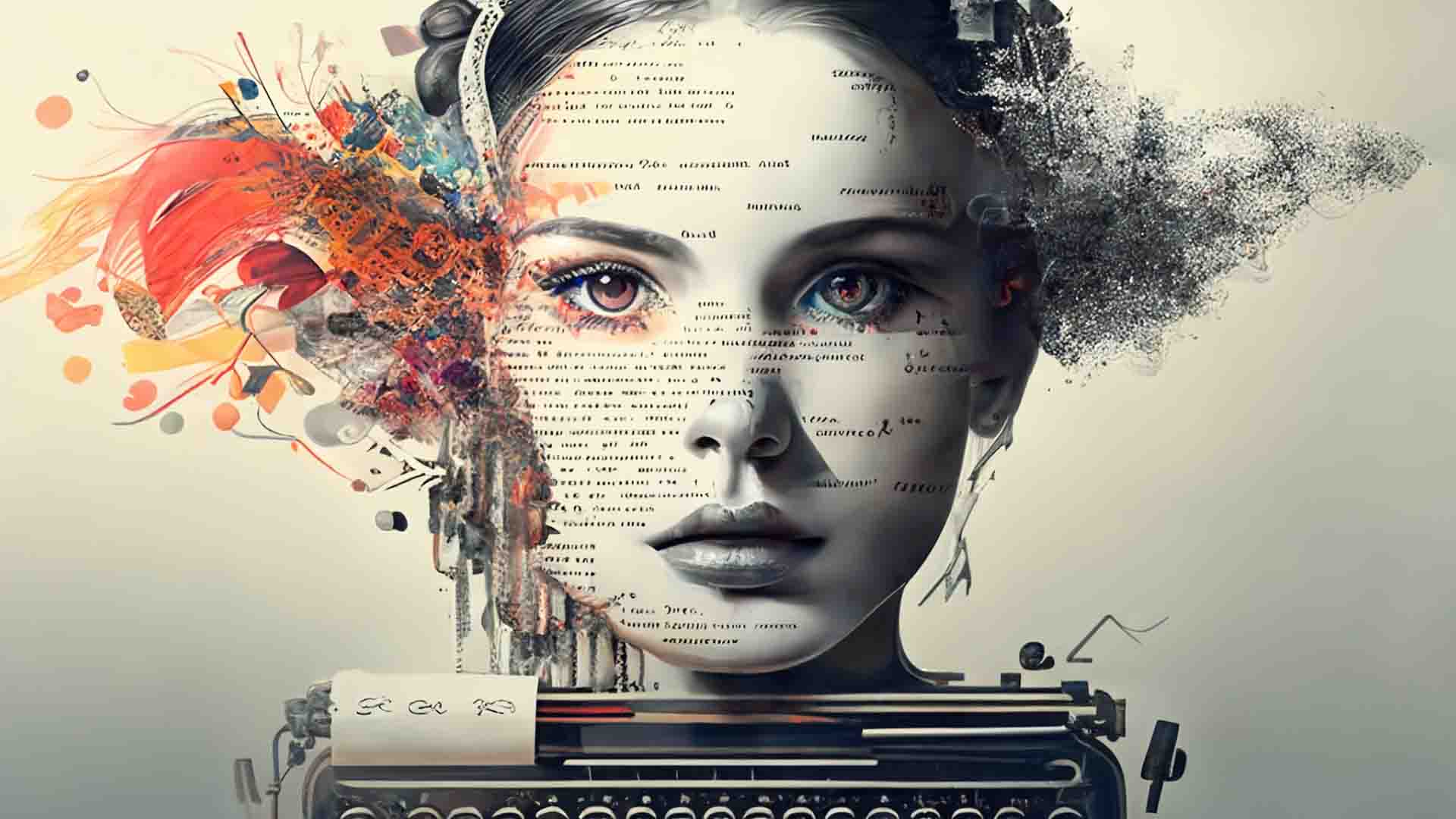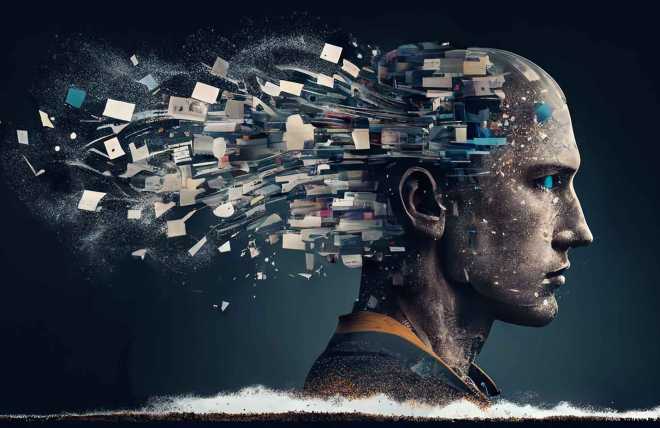AI Transcription for Content Creation
Transforming Audio and Video Files into Text with AI

Audio and Video Transcription: How AI is Making Content Creation Easier
Transcription is the process of converting audio or video files into text. For content creators, transcription is an essential tool that helps them repurpose content and create new content from existing material. However, traditional transcription methods can be time-consuming, expensive, and prone to errors. Fortunately, advancements in artificial intelligence (AI) have made it possible to transcribe audio and video files automatically. In this article, we'll explore how AI is transforming the transcription process, its benefits, limitations, and use cases.
Benefits of AI Transcription
AI transcription technology has several benefits for content creators. Firstly, it saves time and is more efficient than traditional transcription methods. With AI transcription, content creators no longer have to spend hours listening to audio or video files and typing out the text. The process is automated, and the software can transcribe the content in a matter of minutes.
Secondly, AI transcription is more accurate than traditional transcription methods. Human transcriptionists are prone to errors, and the accuracy of the transcription depends on their skills and experience. In contrast, AI transcription software uses machine learning algorithms to learn and improve over time. The software can recognize different accents, dialects, and languages and produce accurate transcriptions.
Thirdly, AI transcription is cost-effective. Traditional transcription methods require hiring a human transcriptionist or outsourcing the task to a transcription service, which can be expensive. With AI transcription, content creators can transcribe their content in-house using affordable software.
Finally, AI transcription enables content repurposing. Transcribing audio or video files makes it easier to turn them into blog posts, articles, or social media content. Repurposing content saves time and resources and allows content creators to reach a broader audience.
How AI Transcription Works
AI transcription technology uses machine learning algorithms to transcribe audio or video files into text. The software analyzes the audio or video and converts it into a format that the algorithm can understand. The algorithm then processes the data and generates a transcript.
One of the main machine learning algorithms used in AI transcription is deep learning. Deep learning involves training a neural network to recognize patterns in data. The software is fed thousands of audio or video files with corresponding transcriptions. The neural network analyzes the data and learns how to transcribe similar files accurately.
As the software transcribes more audio or video files, it becomes more accurate. The software can recognize different accents, dialects, and languages and produce accurate transcriptions.
Advancements in AI Transcription
Advancements in AI technology have made it possible to transcribe audio or video files in real-time. Real-time transcription technology is used in live events, webinars, and meetings. The software can transcribe the content as it is being spoken, enabling participants to follow along with the transcript.
Another advancement in AI transcription is multilingual transcription capabilities. The software can transcribe audio or video files in different languages, making it easier for content creators to reach a global audience.
Challenges and Limitations
While AI transcription technology has several benefits, it also has its challenges and limitations. Firstly, the quality of the audio or video file affects the accuracy of the transcription. Low-quality audio or video files may contain background noise, which can affect the software's ability to transcribe the content accurately.
Secondly, the software is not perfect and may make errors. The accuracy of the transcription depends on the quality of the software and the complexity of the content.
Lastly, AI transcription raises ethical considerations and privacy concerns. The software may transcribe sensitive or confidential information, which may violate privacy laws.
Use Cases for AI Transcription
AI transcription technology has several use cases for content creators. Firstly, it is useful for YouTubers and other video platforms. Transcribing video content makes it easier for creators to add captions, optimize their videos for search engines, and reach a broader audience.
Secondly, AI transcription is essential for podcasters. Transcribing podcast episodes makes it easier to create show notes, highlight important points, and promote the content on social media.
Thirdly, AI transcription is useful for webinars and online courses. Transcribing the content enables participants to follow along with the transcript, take notes, and review the material later.
Lastly, AI transcription is critical for meetings and conferences. Transcribing the content makes it easier to share the information with participants who were unable to attend, create minutes of the meeting, and keep a record of the discussion.
Conclusion
AI transcription technology has transformed the transcription process and made it easier for content creators to repurpose content and create new content from existing material. The benefits of AI transcription include time-saving, increased accuracy, cost-effectiveness, and content repurposing. However, AI transcription also has its challenges and limitations, such as the need for high-quality audio or video and ethical considerations. Despite these challenges, AI transcription technology has several use cases for content creators, such as YouTubers, podcasters, webinar hosts, and meeting organizers. As AI technology continues to advance, we can expect further improvements in AI transcription, making the transcription process even more efficient and accurate.

With AI transcription, content creators can repurpose their content and reach a broader audience with ease.
Faq
- Q: Is AI transcription more accurate than traditional transcription methods?
A: Yes, AI transcription is more accurate than traditional methods as it uses machine learning algorithms to recognize different accents, dialects, and languages. - Q: Can AI transcription transcribe audio and video files in real-time?
A: Yes, advancements in AI technology have made it possible to transcribe audio and video files in real-time. - Q: What are the limitations of AI transcription?
A: The accuracy of AI transcription depends on the quality of the audio or video file, and the software is not perfect and may make errors. - Q: Is AI transcription cost-effective?
A: Yes, AI transcription is cost-effective as it eliminates the need for hiring a human transcriptionist or outsourcing the task to a transcription service. - Q: What are the use cases for AI transcription?
A: AI transcription is useful for YouTubers, podcasters, webinar hosts, meeting organizers, and anyone who wants to repurpose their content.
Pros and Cons
Pros:
- Saves time and is more efficient than traditional transcription methods
- More accurate than traditional transcription methods
- Cost-effective
- Enables content repurposing
Cons:
- Quality of the audio or video file affects the accuracy of the transcription
- The software is not perfect and may make errors
- Raises ethical considerations and privacy concerns

